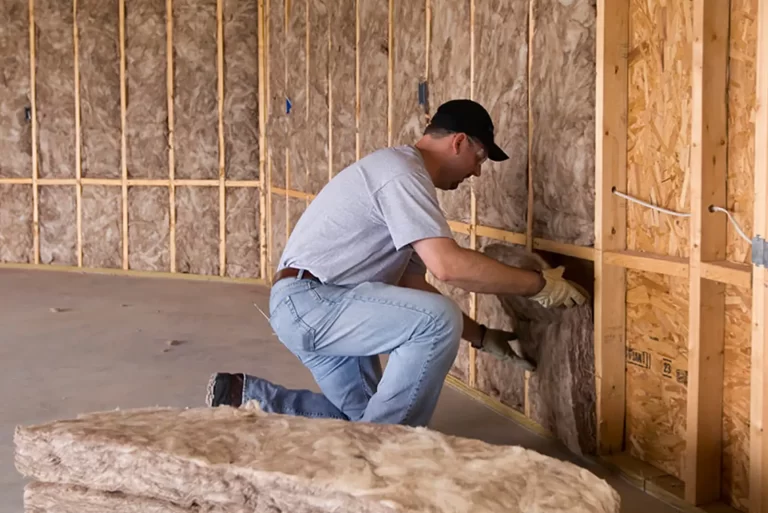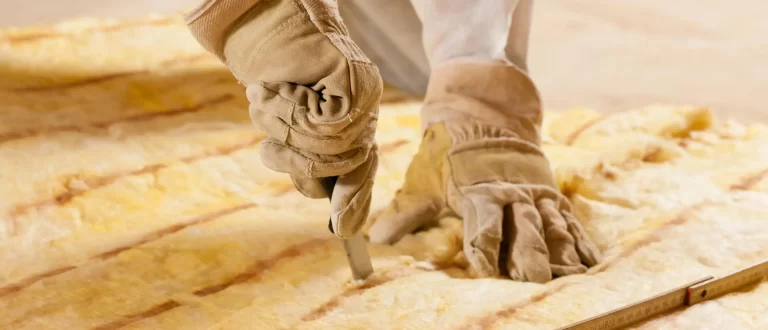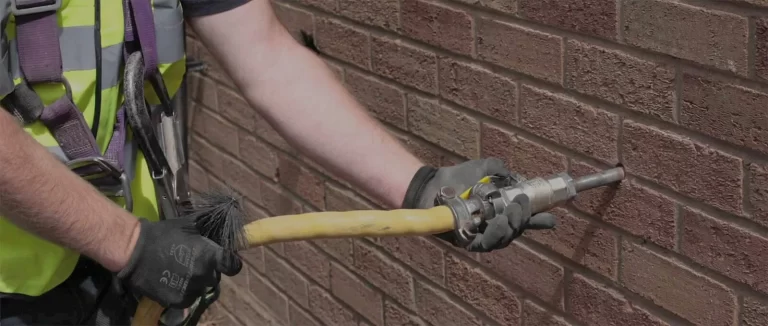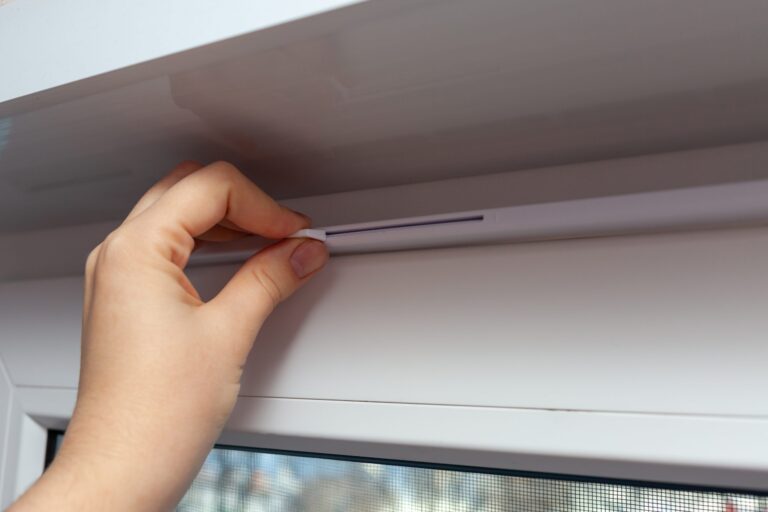What is external wall insulation?
Cavity wall insulation is unsuitable for pre-1920s, solid-walled homes. One great alternative suited to these properties is external wall insulation, where we apply a layer of insulating material to the home’s exterior walls, covered over with render or cladding. This job isn’t without its challenges, so proper forethought and care must be taken beforehand.
How does external wall insulation work?
External wall insulation typically involves fitting an insulated layer over your exterior walls, finished with either a coat of render or a layer of weather-proof cladding. Unlike internal wall insulation, adding insulation to external walls causes no disruption inside the property, nor does it affect the interior floor space – and the additional exterior layer helps cut down on outdoor maintenance as well. However, such a project is likely to require planning permission as it affects the facade of the building, and consideration must be given to windows and doors which may be adversely affected by a change in wall thickness.
How can my home benefit from external wall insulation?
Defeat dampness and boost air quality.
Eliminate damp, mould and condensation from your home. With proper ventilation, you'll benefit from fresh air free of harmful pollutants and lingering odours.
Better for your wallet and the planet.
A better insulated home makes for more efficient heating usage, which means up to 30% off your energy bills and a reduction in your carbon footprint.
Enjoy a more cosy and more valuable home.
You'll feel the warmth and comfort of a well-insulated home right away, and because it improves your Energy Performance Certificate rating, it can boost the value of your property as well.







